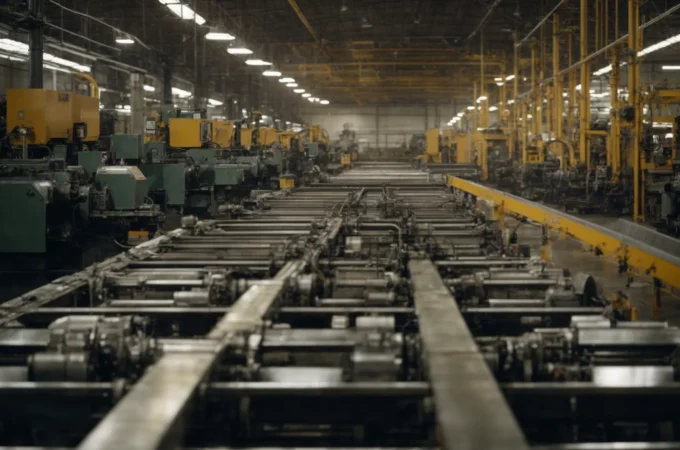
Is the Solar Panel Business Profitable?
Solar panels are the way of the future. Although it may not seem that way now, energy production is sure to continue shifting until non-renewables are a thing of the ancient past. Solar power has been speculated on for nearly 200 years, but it’s only really become a formidable energy source in the last twenty or so. In the United States, people are moving toward a renewable future faster than ever, especially with the weight of the scientific community behind the industry. Add to that the new regulations mandating solar inclusions on new homes in California, there has never been a better time to be in the solar power business.
The typical model for solar sales to homeowners is to own and maintain the units placed on top of each house. This means that you own the equipment and charge a fee for its use. In order to make money, you need to be able to undercut, by a significant margin, the average monthly cost of heating and powering the home through standard electrical means. However, you have a few incontrovertible facts on your side when approaching prospective buyers and making your pitch, which will ultimately tip the scales in your favor. Here are a few things to keep your eye on as you get into the business of solar panels.
Scale

While standard suppliers are able to offer low rates through scale, you are able to undercut those prices because the power supply doesn’t have to run from generators on the other side of town. To power, a home through solar paneling, all that is required is a direct line of sight up to the sun. In many states, there is enough sunlight year-round to provide ample energy to replace other sources. This means that your cost is directly related to the sourcing of panels, which have never been cheaper or more power-efficient than they are today. In addition, for every customer that you take away from your coal-fired competitor, you lower their margin, forcing them ultimately to raise rates for their customers, which consequently makes your business more attractive to potential customers.
Installation
One way that solar companies make their profits is through installation and upfront costs. By charging a one-time fee during the signup, you are able to defray any costs you may incur for maintenance over the course of the years to come. Think of this as an insurance model. Insurers charge their customers upfront and hope to limit payouts during the course of coverage. The difference between payments in and claims out equals the profits locked in year over year by the company writing the policy. Using LoanPal or another loan servicer, your clients can even arrange solar loans to cover these upfront expenses and defray the costs even farther. Definitely look into financing options if you’re getting into the business of solar panels for the first time since LoanPal can really make a difference in securing capital to defray costs.
Future Growth

The solar industry is primed for explosive growth over the long term as more and more homes make the switch from gas or coal-powered electricity to more sustainable and cheaper options. As this shift continues to take place across the country, your business is only going to grow. California is the first state in the Union to mandate these changes, but others will soon follow suit as the efficiency of household and farm-grade solar panels reach even higher standards. In addition, as these products continue to develop and become more efficient, the need for service will reduce, further eliminating costs from your business model and making your service more and more cost-effective for both you and your clients.
There is a lot to be gained from making the switch to solar, and it’s your job as a solar provider to show your customers all that they are missing out on by not making the switch today.




